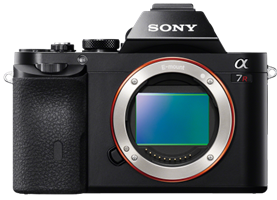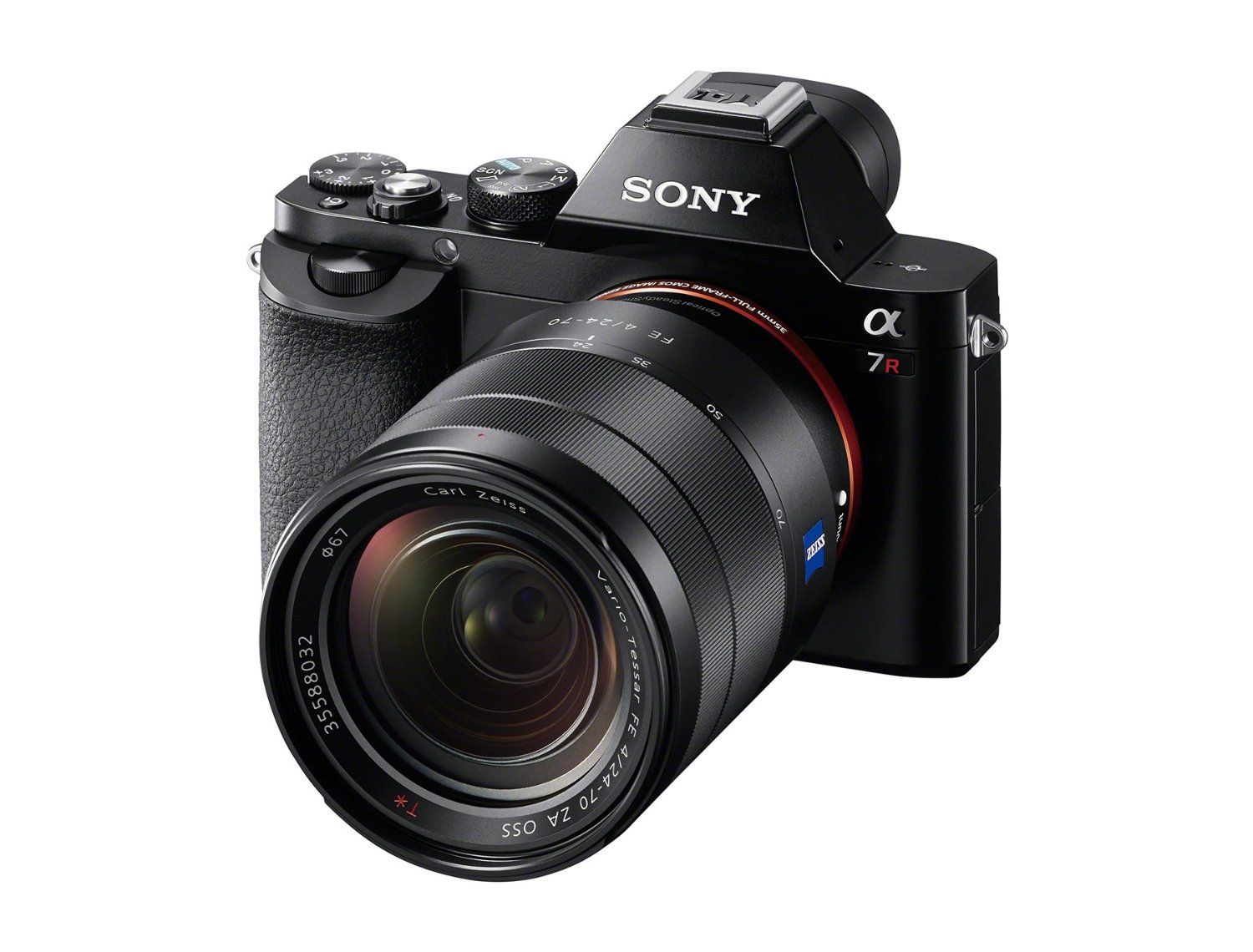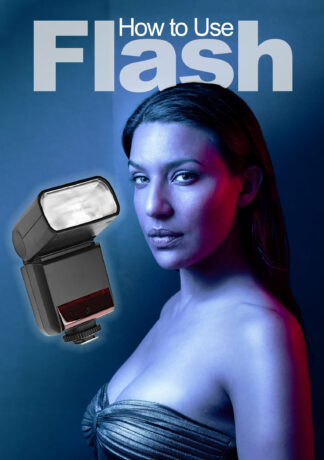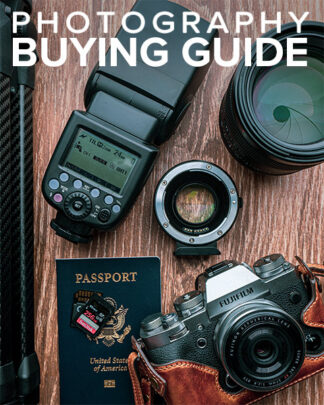
 The a7R was Sony’s top-end mirrorless camera before the release of the a7R II, but I still recommend the standard a7 to most people over it. While the a7R is an amazing camera, the extra resolution (36 megapixels, compared to 24 on the a7) is mostly wasted, unfortunately. The a7R has some flaws in the design that cause the shutter to vibrate the camera when taking a picture, reducing the effective resolution for many common shutter speeds, especially with telephoto lenses. If you’re considering the a7R because you want to create large, high-resolution images, you should also look at the Nikon D810 because the lenses available for the Nikon tend to be sharper at a similar price point. For example, DxOMark tested the a7R with the excellent Sony 24-70 f/4 ($1,200) lens and measured only 15 P-Mpix (Perceptual Megapixels). By comparison, the Nikon D800E (which has the same sensor), when paired with the Tamron 24-70 f/2.8 ($1,300), measures 23 P-Mpix at f/2.8. The Tamron also gathers half the light, allowing you to use a lower ISO and thus further improving image quality. Similarly, the a7R combined with the 70-200 f/4 ($1,500) yields 23 P-Mpix. The Nikon D810 with the Nikon 70-200 f/4 ($1,400) yields 30 P-Mpix. Only the Sony 55mm f/1.8 prime proves to be sharp enough to take advantage of the a7R’s sensor, with a P-Mpix rating of 30. Of course, the D800E or newer D810 aren’t the a7R. They’re bigger and heavier, and they lack the amazing electronic viewfinder. If those benefits are worth giving up some sharpness, then this might be the camera for you. Otherwise, I’ll steer you towards the much less expensive a7 or towards the D810, which eliminates shutter shake using an electronic shutter.
The a7R was Sony’s top-end mirrorless camera before the release of the a7R II, but I still recommend the standard a7 to most people over it. While the a7R is an amazing camera, the extra resolution (36 megapixels, compared to 24 on the a7) is mostly wasted, unfortunately. The a7R has some flaws in the design that cause the shutter to vibrate the camera when taking a picture, reducing the effective resolution for many common shutter speeds, especially with telephoto lenses. If you’re considering the a7R because you want to create large, high-resolution images, you should also look at the Nikon D810 because the lenses available for the Nikon tend to be sharper at a similar price point. For example, DxOMark tested the a7R with the excellent Sony 24-70 f/4 ($1,200) lens and measured only 15 P-Mpix (Perceptual Megapixels). By comparison, the Nikon D800E (which has the same sensor), when paired with the Tamron 24-70 f/2.8 ($1,300), measures 23 P-Mpix at f/2.8. The Tamron also gathers half the light, allowing you to use a lower ISO and thus further improving image quality. Similarly, the a7R combined with the 70-200 f/4 ($1,500) yields 23 P-Mpix. The Nikon D810 with the Nikon 70-200 f/4 ($1,400) yields 30 P-Mpix. Only the Sony 55mm f/1.8 prime proves to be sharp enough to take advantage of the a7R’s sensor, with a P-Mpix rating of 30. Of course, the D800E or newer D810 aren’t the a7R. They’re bigger and heavier, and they lack the amazing electronic viewfinder. If those benefits are worth giving up some sharpness, then this might be the camera for you. Otherwise, I’ll steer you towards the much less expensive a7 or towards the D810, which eliminates shutter shake using an electronic shutter.





